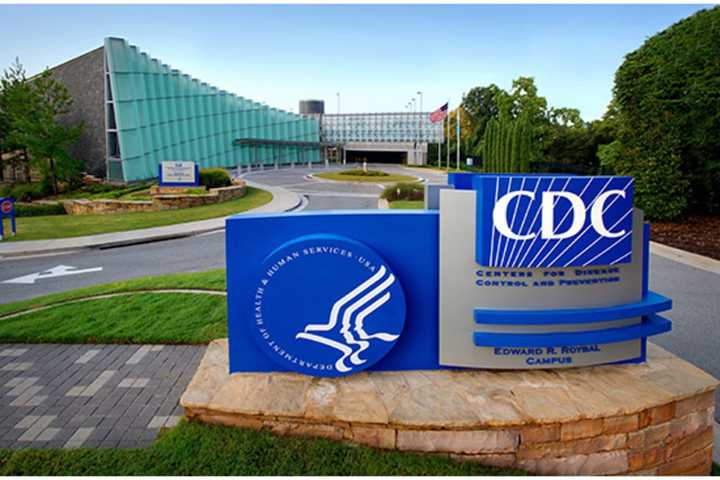Initially, the CDC recommended that anyone who may have been exposed to the virus enter a self-quarantine of at least 14 days to allow potential symptoms to subside.
On Wednesday, Dec. 2, the CDC provided new “acceptable alternatives,” that include a 10-day quarantine for those who remain asymptomatic and seven days if no symptoms surface and a negative test is collected within two days of the final day of quarantine.
The CDC defines a close contact as “someone who was within six feet of an infected person for a cumulative total of 15 minutes or more over a 24-hour period starting from two days before illness onset” or positive test result.
Health officials said that the new alternatives could see more people adhering to the quarantines, instead of attempting to skirt the rules over the 14-day mandate.
Despite how long the quarantine is, officials said that they should still monitor their symptoms for at least the original 14 days.
According to the CDC, ending a quarantine after 10 days without a negative test leads to an approximately 1 percent risk of spreading the virus to others. After a seven-day quarantine with a negative test, there’s about a 5 percent chance of spreading the virus.
The guidance comes as many traveled to celebrate Thanksgiving and as the holiday season rapidly approaches.
“CDC recommends that the best way to protect yourself and others is to postpone travel and stay home,” CDC’s COVID-19 response incident manager Henry Walke said this week. “If you do decide to travel, CDC recommends that travelers consider getting tested one to three days before travel and then again, three to five days after travel.
“Cases are rising. Hospitalizations are increasing. Deaths are increasing. We need to try to bend the curve, stop this exponential increase,” he added. “We’re really asking the American public to prevent these infections, avoid travel, wash their hands, wear a mask, and maintain distance.”
Click here to follow Daily Voice Eastchester and receive free news updates.
